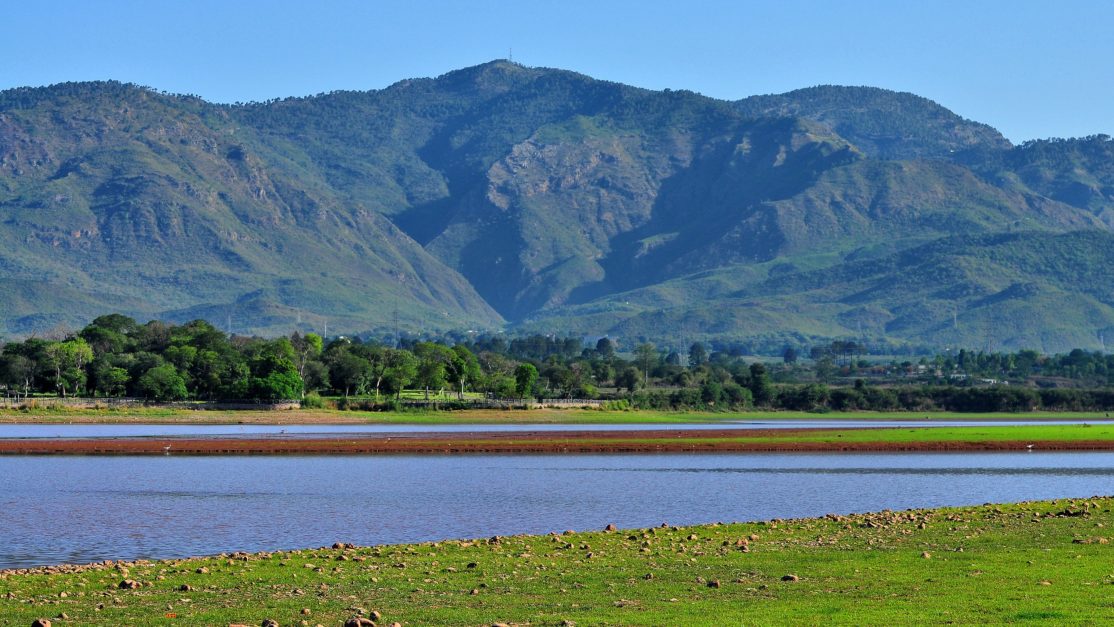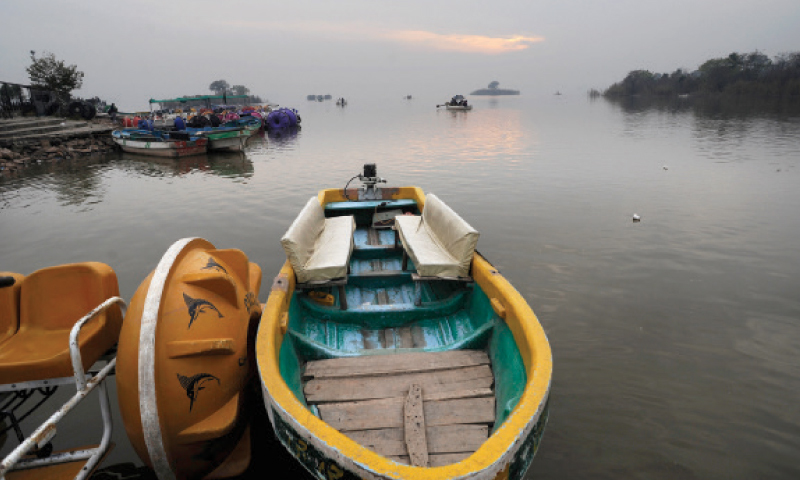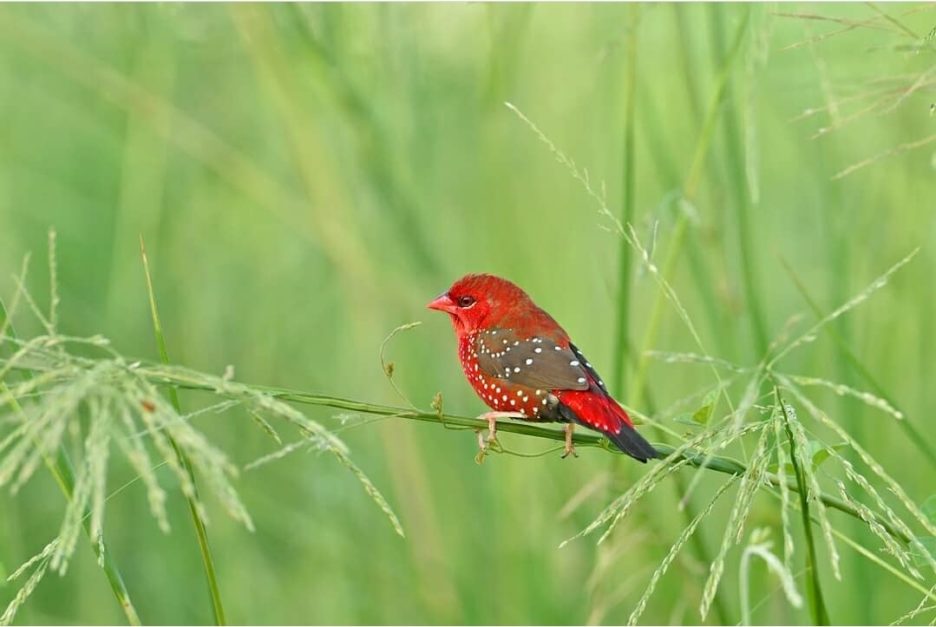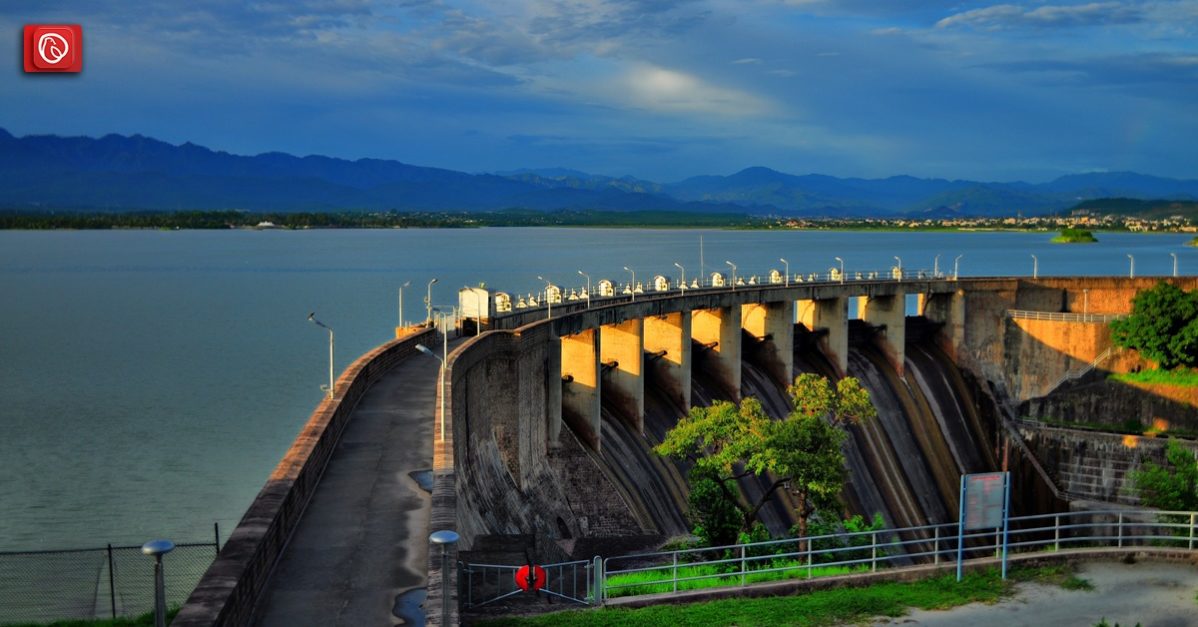Rawal Dam is a man-made reservoir located in the Margalla Hills of Pakistan. It is a popular destination among locals and tourists, due to its serene atmosphere and breathtaking views. In this blog, Graana.com explores the history, importance, and activities available at the dam.
Overview
| Attribute | Description |
|---|---|
| Name | Rawal Dam |
| Location | Islamabad, Pakistan |
| Coordinates | 33.6954°N, 73.1181°E |
| Purpose | Water supply, irrigation, recreation |
| Constructed | 1962 |
| River | Korang River |
| Capacity | 47,500 acre-feet (58,600,000 cubic meters) |
| Surface Area | 8.8 square kilometers (3.4 square miles) |
| Catchment Area | 106.25 square miles (275.3 square kilometers) |
| Spillway | Concrete ogee with 5 radial gates |
| Uses | Drinking water supply for Rawalpindi and Islamabad, irrigation for surrounding agricultural areas |
| Recreational Facilities | Boating, fishing, picnicking, and bird watching; parks and picnic areas |
| Environmental Significance | Supports a variety of flora and fauna, important for local biodiversity |
| Management | Managed by the Small Dams Organization of the Punjab Irrigation Department |
History
Rawal Dam is one of the most prominent dams in Pakistan. The dam’s history dates back to the early 20th century. In 1905, the British colonial government proposed the construction of a dam across the Korang River, which would flow through the Margalla Hills. It was intended to provide water for the growing population of Rawalpindi, which was the largest city in the region at the time.
In 1958, the government of Pakistan commissioned a feasibility study to construct a dam on the Korang River. The study concluded that the project was necessary to meet the growing demand for water in Rawalpindi and Islamabad, which was under development then.
The construction of Rawal Dam was a massive undertaking that required the displacement of several villages. The Italian company Salini Impregilo carried out the project, which involved relocating the villagers to nearby areas and providing compensation for their loss of land and property. The project took four years to complete.
The dam was officially inaugurated in 1962 by Field Marshal Ayub Khan, the then-president of Pakistan. Its completion marked a significant milestone in the development of the twin cities, serving as a reliable source of water.
Since its construction, it has undergone several upgrades and renovations to increase its storage capacity and improve its operational efficiency. The dam remains a crucial source of water, and it continues to contribute to the development and growth of the region. Moroever, it is one of the most famous places to visit in Islamabad.
Construction

The construction of Rawal Dam was a massive undertaking that required extensive planning, resources, and manpower. The project was carried out by the Italian company Salini Impregilo, which was awarded the contract in 1959. The company had extensive experience in dam construction, having worked on several large-scale projects around the world.
Its development involved several stages, including the excavation of the foundation, the construction of the dam embankment, and the installation of the spillway and outlet works.
The excavation of the foundation involved the removal of loose rock and soil to create a solid base for the dam. This was a challenging task, as the area was prone to landslides and rockfalls.
The construction of the dam embankment involved using earth and rock fill. The fill material was sourced from nearby quarries and transported to the dam site using trucks and conveyor belts. The material was then compacted and layered to create a stable and impermeable structure.
Constructing the spillway and outlet works was a critical component of the dam construction. The spillway releases excess water from the dam during periods of heavy rainfall, while the outlet works regulate the flow of water through the dam. We constructed both using concrete and steel, designing them to withstand extreme weather conditions and seismic activity.
The construction of Rawal Dam was a complex and challenging project that required the mobilisation of a large workforce and the use of advanced construction techniques and equipment.
Significance of Rawal Dam
- It is a crucial source of water for Islamabad and Rawalpindi, providing around 60% of their total water supply.
- It also serves as a recreational area, with several parks and picnic spots located around the reservoir.
- It plays a vital role in the agricultural sector, providing irrigation water for the surrounding farmland and supporting the livelihoods of farmers in the region.
- It has a significant ecological impact, providing a habitat for several species of fish and other aquatic life. The surrounding area is also home to a diverse range of wildlife, including several species of birds and mammals.
- It has played a critical role in the development and growth of the twin cities.
- Its construction marked a significant milestone in the development of Pakistan’s water infrastructure and engineering capabilities.
- It has also played a significant role in flood control, reducing the risk of flooding in the surrounding areas by regulating the flow of water in the Korang River.
Recreational Activities

Following are some of the recreational activities you can enjoy at the Rawal dam.
Boating
Visitors can rent boats and paddle around the reservoir, while taking in the stunning views of the surrounding Margalla Hills.
Fishing
Rawal Dam is also a popular fishing spot, with several species of fish found in the reservoir, including catfish, carp, and tilapia. Fishing permits can be obtained from the Islamabad Wildlife Management Board.
Picnicking
There are several parks and picnic spots located around the reservoir.
Hiking
The Margalla Hills feature several hiking trails, which provide stunning views of the reservoir and the surrounding landscape.
Birdwatching
The area is home to a diverse range of bird species, including several migratory birds that visit the area during the winter months. Also, visitors can observe the birds from the banks of the reservoir or a boat, and spot several species of ducks, herons, and eagles.
Photography
The dam offers expansive, scenic views of the surrounding landscape, making it a perfect spot for taking pictures.
Wildlife at Rawal Dam

Rawal dam is one of the famous wildlife sanctuaries in Pakistan. Some of those species you can find at Rawal dam are mentioned below.
Fish Species
It is home to several species of fish, including catfish, carp, tilapia, and snakehead.
Bird Species
Over 200 species of birds have been recorded in the area. These include resident birds such as kingfishers, bulbuls, and doves, as well as migratory birds such as ducks, herons, and eagles. The reservoir also serves as an important stopover site for migratory birds on their journey between Asia and Africa.
Mammal Species
You can also find several mammal species here, including jackals, foxes, porcupines, and wild boar.
Reptile Species
Visitors should be careful while exploring the area to avoid any potential encounters with the reptiles that can be found here, including monitor lizards, geckos, and snakes.
Insect Species
Rawal Dam is also home to a wide variety of insect species, including, bees, and dragonflies – all of which play a crucial role in maintaining the ecological balance of the area.
For more information, visit Graana.com.
FAQs
Where is Rawal Dam?
Rawal Dam is located in Pakistan, specifically in the city of Islamabad, which is the capital of the country. It is situated in the Rawalpindi district of the Islamabad Capital Territory.
What is Rawal Dam used for?
Rawal Dam serves several important purposes, including:
Water Supply: One of its primary functions is to provide a significant portion of the drinking water supply for the residents of Islamabad and Rawalpindi, two major cities in Pakistan.
Irrigation: The dam also serves as a source of water for irrigation purposes, supporting agriculture in the surrounding areas.
How deep is Rawal Dam?
31 meters.
What is the storage capacity of the Rawal Dam?
58,600,000 m3 (47,508 acre⋅ft)




